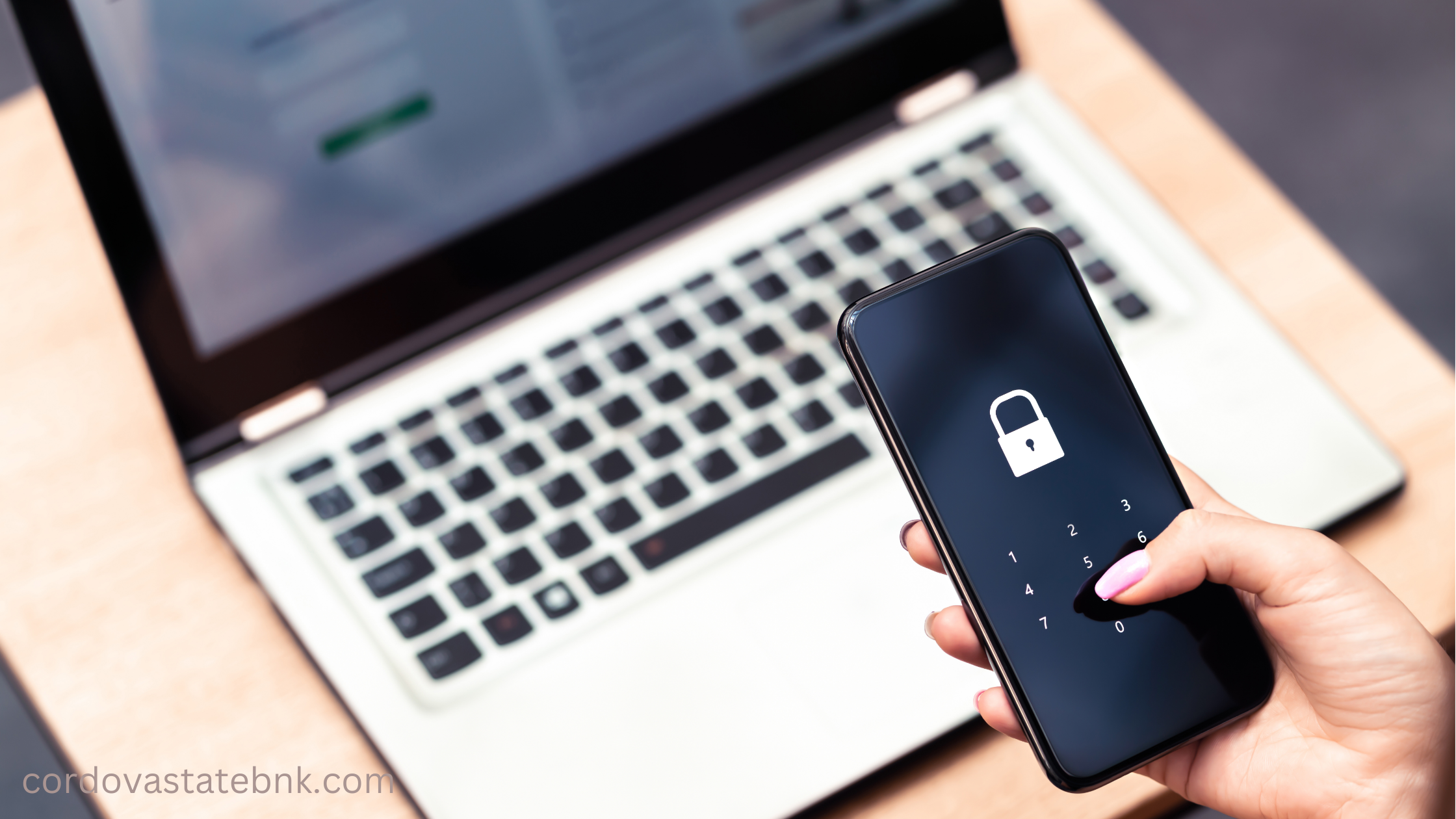The digital transformation in the banking sector has undeniably brought about increased convenience, but it has also exposed individuals to the growing threat of cyber attacks. As financial transactions migrate to online platforms, the need for robust cybersecurity measures becomes paramount.
This discussion will delve into the escalating threat of cyber attacks in the banking sector, examine best practices for online security, including the use of strong passwords and two-factor authentication, and offer insights into how individuals can safeguard themselves from cyber threats and phishing attacks in the digital age.
The Increasing Threat of Cyber Attacks in Banking
1. Sophistication of Cyber Threats:
- Evolution: Cybercriminals continuously evolve their tactics, techniques, and procedures, making it challenging for banks to stay ahead.
- Targeting Financial Institutions: Banks are prime targets due to the potential for substantial financial gains and access to sensitive customer information.
2. Data Breaches and Customer Information:
- Impact: A successful cyber attack can result in data breaches, compromising personal and financial information.
- Consequences: Customer trust is eroded, and individuals may face financial losses, identity theft, or unauthorized account access.
3. Ransomware Attacks:
- Targeted Approach: Cybercriminals often use ransomware attacks to encrypt critical data, demanding payment for its release.
- Financial Disruption: Ransomware attacks can disrupt banking operations, causing financial losses and reputational damage.
Best Practices for Online Security

1. Strong Passwords:
- Complexity: Use passwords with a combination of uppercase and lowercase letters, numbers, and special characters.
- Avoiding Common Words: Refrain from using easily guessable information such as names, birthdays, or common words.
2. Two-Factor Authentication (2FA):
- Enhanced Security: Enable 2FA to add an extra layer of protection beyond passwords.
- Authentication Methods: 2FA commonly involves a secondary code sent to a mobile device or generated by an authentication app.
3. Regularly Update Software and Systems:
- Patch Management: Keep all software, operating systems, and applications up to date to address vulnerabilities.
- Automated Updates: Enable automatic updates to ensure timely installation of security patches.
4. Secure Wi-Fi Connections:
- Encryption: Use encrypted Wi-Fi connections to protect data during online banking activities.
- Avoid Public Networks: Refrain from conducting sensitive transactions on public Wi-Fi networks to reduce the risk of unauthorized access.
5. Monitor Account Activity:
- Regular Checking: Routinely review bank statements and account activity for any unauthorized transactions.
- Alert Notifications: Set up alerts for unusual account activity to receive real-time notifications of potential security issues.
6. Educate Yourself about Phishing Attacks:
- Email Vigilance: Be cautious about unexpected emails, especially those requesting personal or financial information.
- Verify Sources: Verify the legitimacy of emails and avoid clicking on links from unfamiliar sources.
7. Use Trusted Devices:
- Secured Devices: Only use trusted and secured devices for online banking transactions.
- Avoid Public Computers: Refrain from accessing sensitive information through public computers to reduce the risk of malware.
Insights for Individual Cybersecurity Protection

1. Stay Informed:
- Cyber Threat Landscape: Stay informed about emerging cyber threats and evolving attack techniques.
- Security Updates: Follow news related to banking security updates and advisories.
2. Secure Devices with Antivirus Software:
- Install Reliable Software: Use reputable antivirus and anti-malware software to protect devices from malicious software.
- Regular Scans: Schedule regular scans to identify and remove potential threats.
3. Backup Critical Data:
- Data Recovery: Regularly back up critical data to facilitate recovery in case of a ransomware attack or data loss.
- Secure Backup Storage: Store backups in secure, offsite locations to prevent loss in case of physical damage.
In Conclusion
As the banking sector continues to evolve digitally, individuals must remain vigilant in protecting their digital assets from the increasing threat of cyber attacks.
Implementing best practices for online security, such as using strong passwords and two-factor authentication, staying informed about emerging threats, and adopting a proactive approach to cybersecurity, empowers individuals to navigate the digital age with confidence.
By fostering a culture of cybersecurity awareness and vigilance, individuals can play a crucial role in fortifying the overall resilience of the banking ecosystem against cyber threats.


Leave A Comment